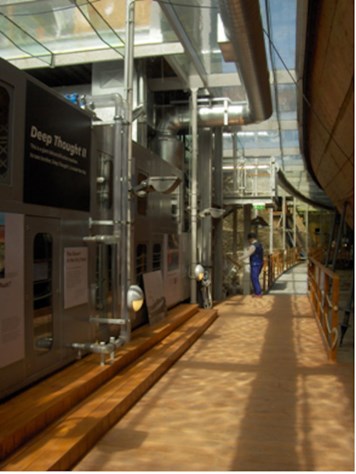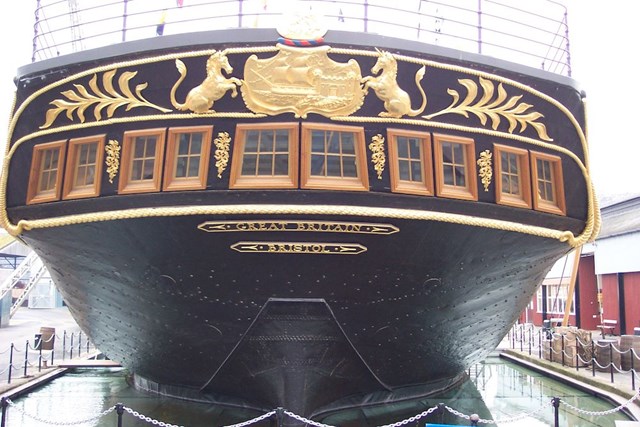Podczas wysyłania wiadomości wystąpił błąd, proszę spróbować ponownie później.
Obszary Działalności
Zaloguj
Branże
-
Rolnictwo
- Przemysł motoryzacyjny
- Battery
- Przetwórstwo chemiczne
-
Budynki komercyjne i publiczne
- Budownictwo
- Centra danych
-
Obronność i lotnictwo
-
Elektronika
-
Żywność i napoje
-
Przemysł i produkcja
-
Szklarnie
-
Służba zdrowia
- Gaz i ropa naftowa
- Farmaceutyczny
-
Bardziej wydajna produkcja energii
- Celuloza, papier i drukarstwo
-
Rekreacja i wypoczynek
-
Sklepy i supermarkety
-
Przemysł stoczniowy
- Przemysł Stalowy
-
Magazynowanie, archiwizowanie i konserwacja
- Struktury tymczasowe
- Woda i ścieki
Rozwiązania
- Systemy poprawy komfortu w budynkach
- Chłodnia
- Kontrola temperatury i wilgotności
-
Chłodzenie
-
Data center cooling
- Osuszanie
-
Suszarnie
- Odzyskiwanie energii
-
Farm-management
- Ogrzewanie
-
Nawilżanie
-
Mist Elimination and Gas Liquid Separation
- Eliminacja mgły
- Kontrola zanieczyszczenia i usuwanie LZO
- Spray drying
-
Wentylacja
- Serwis
- High-Temperature
- Wynajem Munters Rental
-
Transport Masy
- Air Cleaners for Agriculture
- Chłodnice i nawilżacze
- Climate and Irrigation Controllers for Agriculture
- Czerpnie powietrza / Wloty powietrza
- Eliminatory mgły
- Heat Exchangers
- Kontrola temperatury i wilgotności
- Kontrola Zanieczyszczeń i LZO
- Mass Transfer
- Nagrzewnice
- Osuszacze do zastosowań przemysłowych i komercyjnych
- Wentylatory i filtry światła



